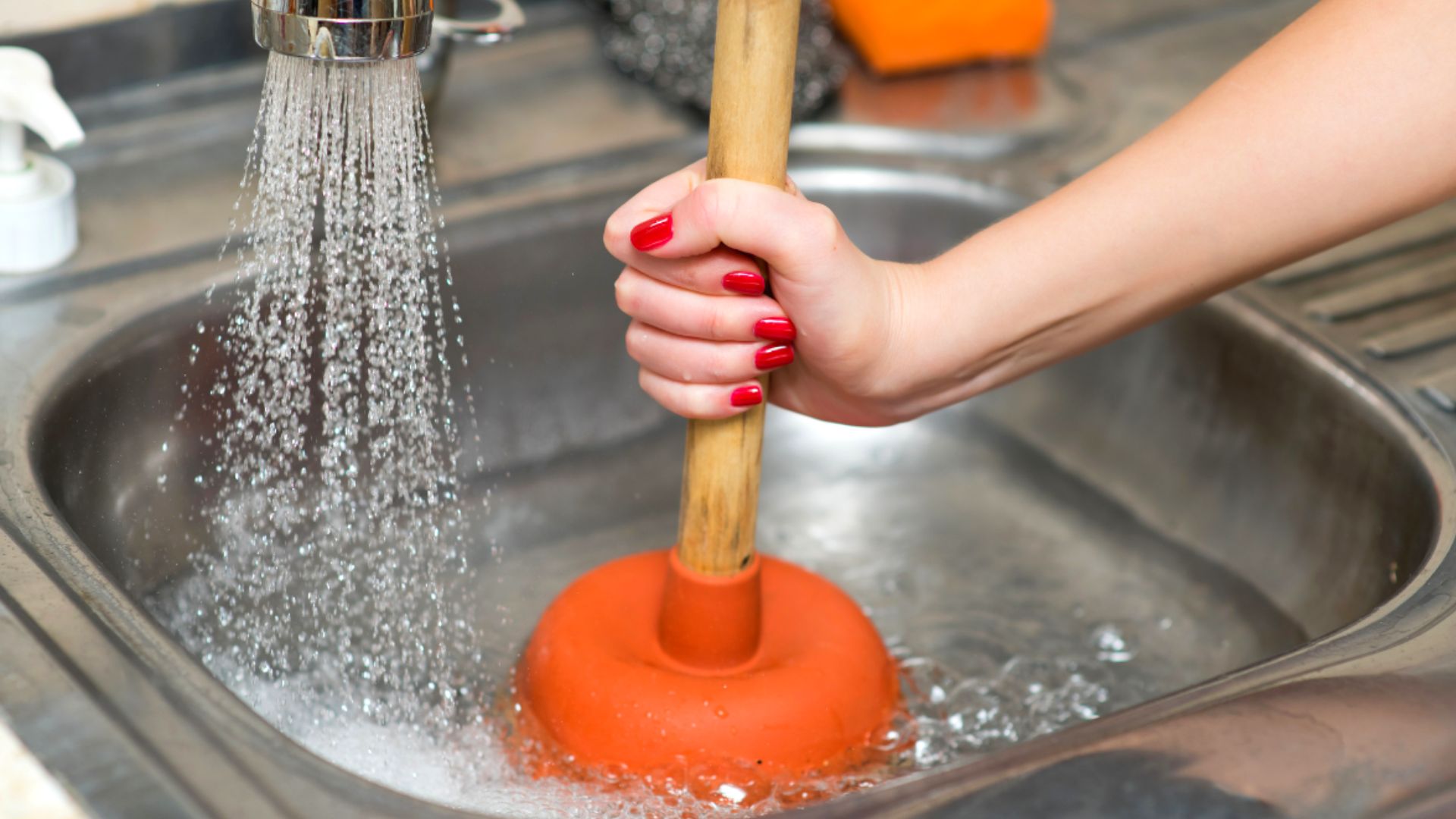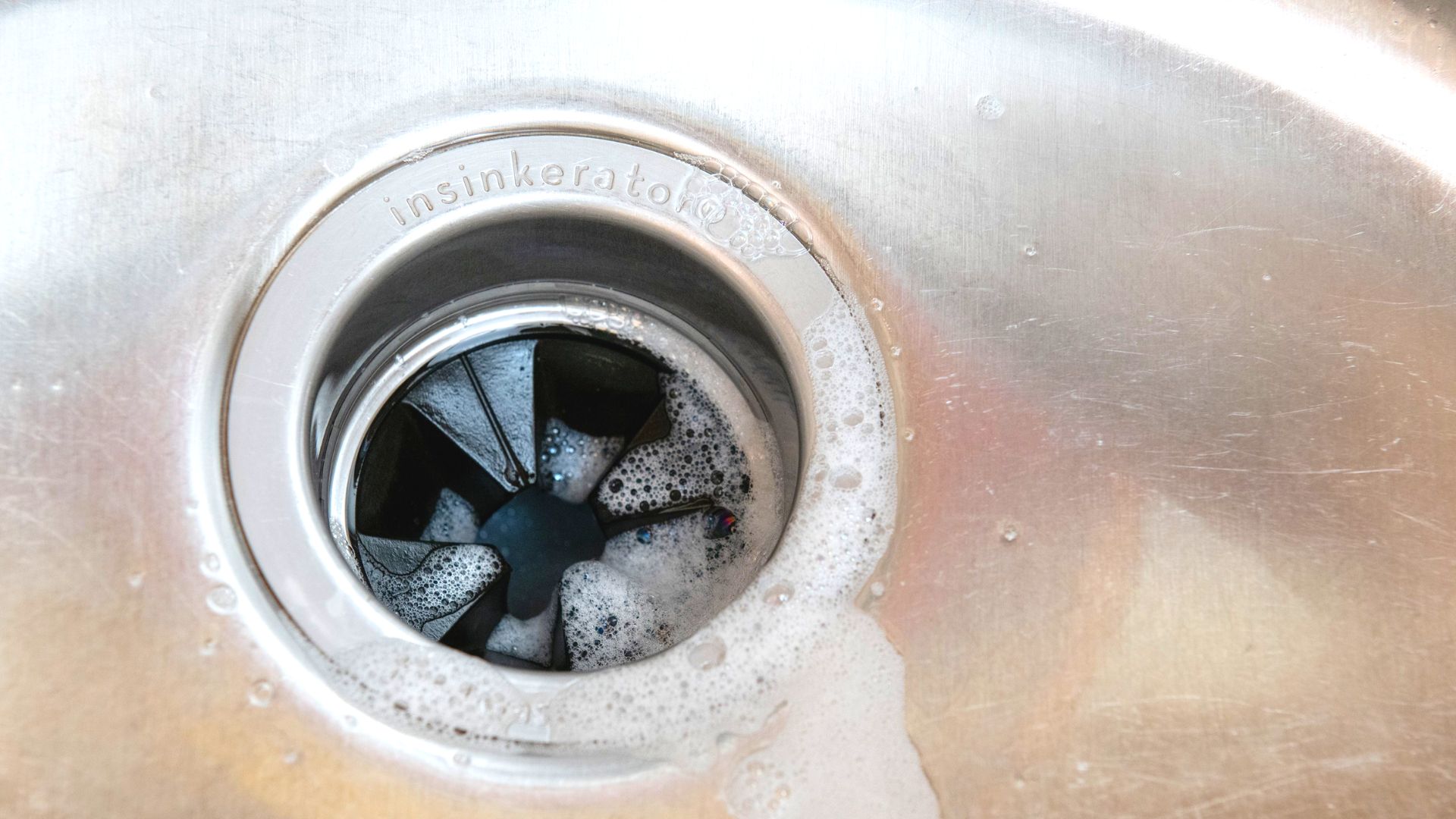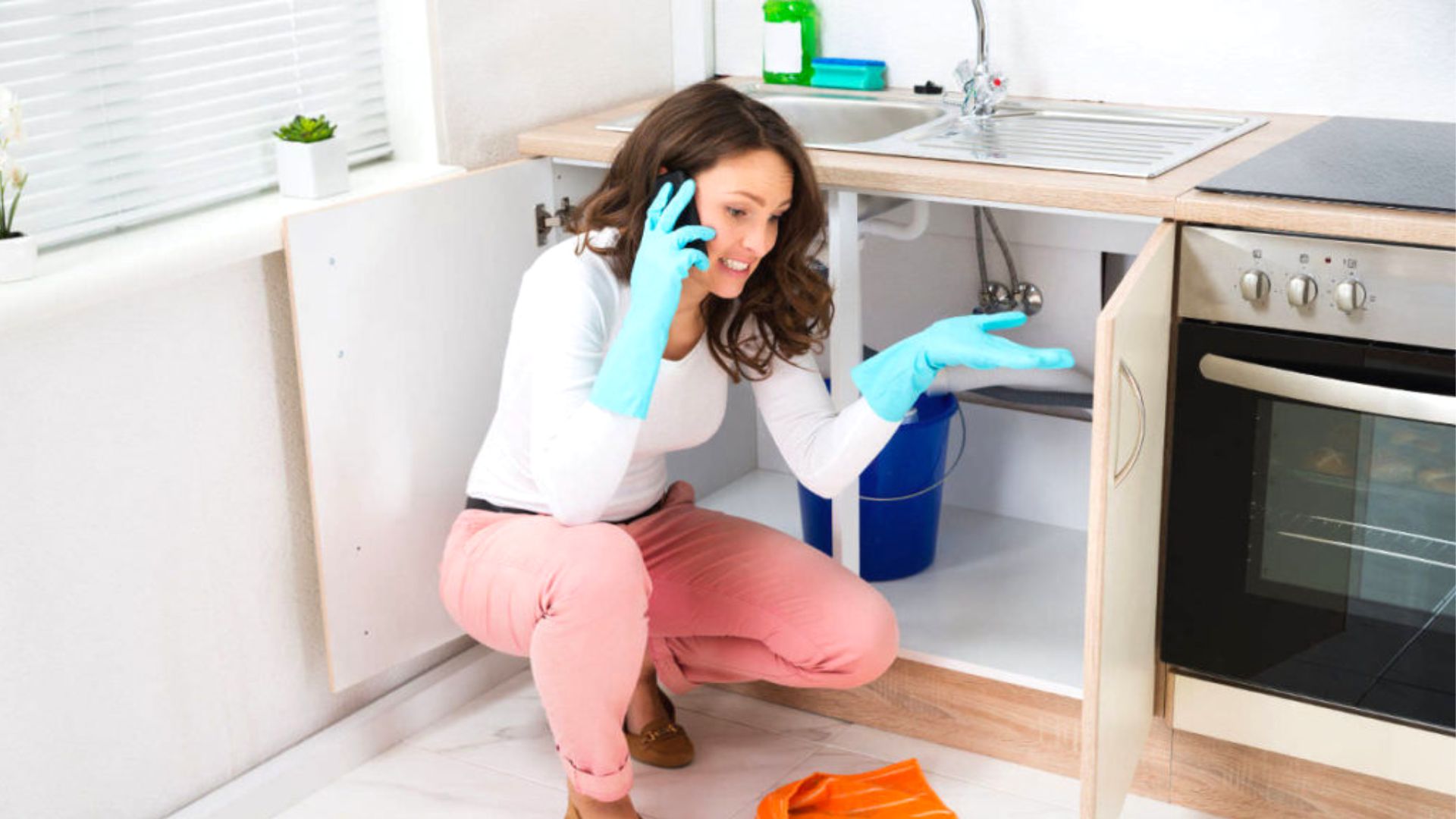7:00AM to 5:00PM
A drain blockage in your sink can be a nasty business. Especially when you have a double sink, both draining slowly or not.
Grease, oil, coffee grounds, bits of food debris, soap residue—whatever is causing the blocked sink drain—can smell and be unpleasant when left unattended. No matter the cause of your blocked sink, it’s a good idea to attend to a clogged bathroom sink or kitchen drain quickly with chemical drain cleaners, natural alternatives, and DIY methods like baking soda or pouring boiling water into the drain hole. If ignored for too long, it may lead to serious plumbing problems.
There are universal solutions to the problem, as well as location-specific ones. Most of these are pretty simple and can be performed without additional assistance. All you need is a few easily obtained implements and a few minutes of your time to remove the pesky debris.
A plunger is a great place to start if standing water in the bathroom sink or your kitchen sink isn’t draining correctly. The tried-and-tested way to clear any blocked drain is a sink plunger, which may be the first thing you try. It’s a straightforward process, one that should take a mere few minutes to do.
Fill your kitchen sink with enough hot water to completely submerge the head of your plunger. Hot water can expand and loosen the food scraps and debris blocking your drain, and the plunger will clear it out relatively quickly.

Pump your plunger up and down over the drain several times. After a few pumps, remove it and observe if the water goes down the drain. If it doesn’t, repeat the process a few times.
In case the sink plunger fails, you may approach the problem differently.
Like hot water in the first method, boiling water loosens the blockage, only better. However, if you have PVC pipes connected to your kitchen sink, you should skip this method entirely. Boiling water may damage PVC pipes and cause more trouble than a clogged sink.
Heat half a gallon of water until it boils, and pour it straight onto the drain. Now, carefully pour boiling water into a continuous stream rather than simultaneously dumping it. The water should begin to drain. If it drains slowly, you can repeat the process for a few tries.
You can also combine the boiling water method with other options as the last step to remove any remaining debris or soap scum.
You can try a different method if this doesn’t work either.
Some sinks have a garbage disposal system. If you have one, it may be the source of the clog, and turning the system on can break up the clog. If your sink doesn’t have one, skip to the following method.
If the disposal system fails to turn on, you can try resetting it. It often has a dedicated reset button, which allows you to reboot quickly.

If that fails as well, your garbage disposal system may be faulty. In that case, you should contact a professional to handle the fault.
Baking soda and vinegar can unclog your kitchen sink. You only need one cup of baking soda, vinegar, hot tap water, and a sink stopper.
Pour your cup of baking soda into the drain opening, followed by white vinegar. Use the sink stopper to cover the opening and allow the baking soda mixture to perform its job.
Once 15 minutes have passed, remove the stopper and pour hot water down the drain. The drain should clear up slowly. If your sink is still clogged, proceed to the following method.
You may hear gurgling sounds from your sink, often debris or food stuck in the sink trap. You may try cleaning the pipe out by disassembling it. It might get messy, so making a few preparations would be a good idea.
Cover the area under your sink with newspapers. Use a bucket underneath the p trap to catch water. Once you’ve done so, wear rubber gloves and unscrew the sink trap. Please clean up the debris or food and rinse it with water afterwards. After you’ve cleaned it, you can put the pipe back on, and hopefully, this will clear the clog.
There is a chance that the drain clog isn’t in the sink trap. If so, you can move on to the final method.

Plumbing snakes are drain cleaners made to clear clogged pipes and sinks. This method is straightforward, even if you don’t know how a plumbing snake works.
The first thing to do here is to feed the plumbing snake’s tube into the drain. Keep pushing until you feel its end hit the obstruction, turning the handle. The plumber’s snake will dislodge the debris, after which you can remove it from your sink. You can also use a wire coat hanger for the same effect.
Next, pour water into the drain to see if the drain has cleared up. If it shows promise, you may repeat the process until it is clear and your sink drains appropriately.

You can take a few preventive steps to stop your sink from giving you problems in the future. These are:
Fixing a clogged kitchen sink or drain is usually easy. Dislodging the substance causing issues in your drainage pipe is all that’s needed. With the methods listed above, your kitchen sink should function normally.
But if the DIY solutions don’t work, there may be signs of issues with your plumbing. If so, you should contact a plumber and have your sink checked as soon as possible. We suggest not using chemical drain cleaner for your kitchen or bathroom sinks. Drain cleaners may clear clogged drains, but they can also cause significant damage to your pipelines. Investing in a drain cover is always a good option.
Not sure who to call for professional plumbing services? Contact our Gold Coast expert plumbers! We can handle drain blockages, maintenance, and other emergency plumbing situations.
It’s always best to act quickly so these problems don’t arise in the future. Contact us today!